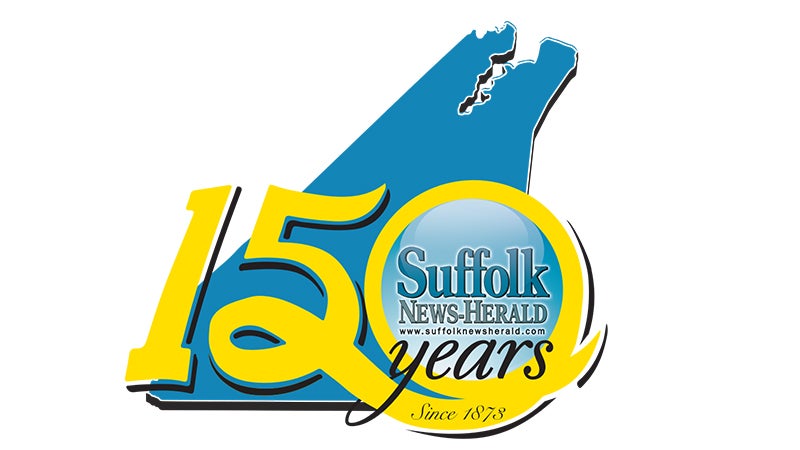Column – Business burgeoned in 1930s Suffolk
Published 5:16 pm Tuesday, February 21, 2023
|
Getting your Trinity Audio player ready...
|
Headlines through 1936 and 1937 painted a picture of tempers flaring, peace deals made and broken, and war breaking out across Europe and the Far East. In January 1936, tensions in Europe were up as the Italian front advanced and Red Cross hospitals were destroyed in bombings. Japan left the Naval Conference, prompting the United States and other Allied forces to begin talks of building up their naval forces. As the year continued, headlines would shift from aggressions by Germany to the battle between Japan and China, encompassing other localities in the Far East. In December 1937, Japan bombed several American ships, reportedly by accident.
During the late spring and summer of 1937, reports began to show up in the headlines of blockades and attacks all across Europe.
Meanwhile, in the United States, unions in almost every industry were striking for more pay, shorter work weeks and safer working conditions.
In contrast, a short notice on the front page announced at Planters Co. on order of Planters President Amedeo Obici, all workers were given a full week vacation with pay in advance and told to have a good time as the plant shut down for the week.
Locally, stories told of projects being completed with the sewer lines as well as several transportation projects. On Feb. 10, 1936, a proposal was made to the state highway department for the Hampton Roads Tunnel, consisting of a tunnel between Fort Monroe and Fort Wool and a bridge from Fort Wool to Willoughby Beach. The cost of the project was estimated at $8 million.
In July 1937, City Council approved the test of light-controlled traffic signals to minimize traffic jams in the city. Col. John B. Pinner was the leading advocate of the traffic lights, petitioning anyone who questioned the need to come sit in his office, located at the head of Main Street, and observe the traffic congestion at Main and Washington.
The city was seeing great economic rebounds from the Depression, and that could be noted easily in the business stories through the years.
In May 1936, local businesses and financial institutions sponsored a Better Homes show and clinic to exhibit new techniques of building and inform and encourage the public to get FHA-insured mortgage loans. At the same time, a local group of doctors was holding clinics to inform the public about cancer. After heart disease, cancer was the biggest cause of medical death in 1936.
The M and M Market opened at 170 E. Washington St. The grocery store was reported to be the prettiest food emporium by visitors the first day. This store was designed in the most modern style — “every article sold is displayed where it may be seen and where it may be reached with a minimum effort.”
A couple of months later, a department store was announced. United Dollar Stores was to open on the corner of Main and Washington. The store advertised low prices between 5 cents and $5. It was planned to have a soda fountain and luncheonette.
Opening price for peanuts on the Suffolk market was 5 cents a pound, the highest in nine years.
Without fail, there is always a short gem to be found on the front pages. An interesting discovery was noted on June 8, 1936: “Monster Proves Puzzle To Scientists.” In Aberdeen, Wash., the remains of a 12-foot sea monster with a goat-like head baffled scientists. D.W. Black, a Baltimore zoologist who examined the 1,300-pound body, said he had never seen such an animal in his 16 years of research. The nose-less creature, he said, bore some resemblance to reconstructed skeletons of prehistoric animals. It had a body tapered like a buffalo, a four-foot tail similar to a muskrat, and a heavy, oily skin. Its 14 ribs, each about an inch and a half wide, were four inches apart.




